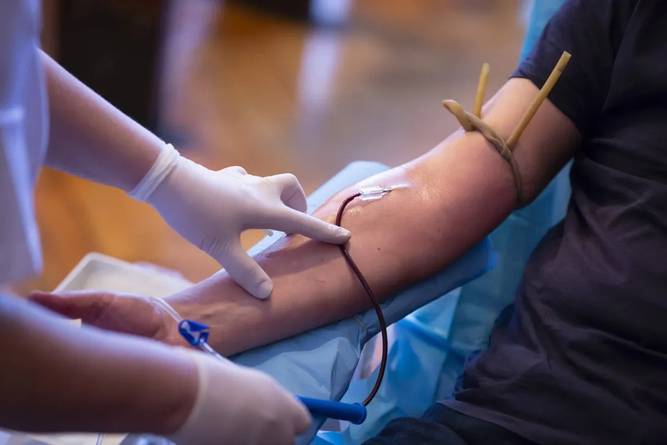When it comes to phlebotomy, most training programs focus on the basics: how to draw blood, understand anatomy, and ensure patient safety. However, there’s a whole world of essential tools that can make a phlebotomist's job easier and more efficient. In this blog, we’ll explore 15 crucial tools that schools often overlook, ensuring you’re fully equipped for success in the field! ?✨

1. Tourniquet
A reliable tourniquet is a must-have for any phlebotomist. It helps to engorge veins, making them easier to locate. While many schools provide basic training on how to use one, having a high-quality, adjustable tourniquet can make a significant difference in your daily practice.
2. Butterfly Needles
Butterfly needles are perfect for drawing blood from small veins or in pediatric cases. Their design allows for greater flexibility and comfort for the patient. Did you know that using butterfly needles can reduce the risk of hemolysis? ?
3. Blood Collection Tubes
Different tests require different types of blood collection tubes. Familiarizing yourself with the various colors and their corresponding additives is crucial. Here’s a quick reference table:
| Tube Color | Additive | Common Tests |
|---|---|---|
| Red | No additive | Serology, blood bank |
| Blue | Citrate | Coagulation studies |
| Green | Heparin | Chemistry tests |
| Lavender | EDTA | Hematology tests |
| Gray | Sodium fluoride | Glucose tests |
4. Alcohol Swabs
Alcohol swabs are essential for disinfecting the skin before a blood draw. They help to minimize the risk of infection and ensure a clean procedure. Always remember to let the alcohol dry before proceeding! ?
5. Gauze and Bandages
After a blood draw, applying gauze and a bandage is crucial to prevent bleeding. Having a variety of sizes on hand can help accommodate different patients and sites.
6. Sharps Container
Safety is paramount in phlebotomy. A portable sharps container is essential for disposing of needles and other sharp objects safely. This not only protects you but also ensures a safe environment for your patients. ?
7. Gloves
While most schools emphasize the importance of gloves, having a variety of sizes and types (latex, nitrile, vinyl) can make a significant difference in comfort and safety.
8. Patient Identification Bands
Ensuring patient safety starts with proper identification. Having patient ID bands readily available can help prevent mix-ups and ensure accurate testing.
9. Hemostatic Devices
These devices can help control bleeding after a blood draw, especially in patients who may have difficulty clotting. They can be a lifesaver in emergency situations! ⏳
10. Penlight
A penlight can be a handy tool for assessing vein visibility and ensuring proper lighting during a blood draw. It’s a small tool that can make a big difference! ?
11. Vein Finder
For challenging cases, a vein finder can be invaluable. This device uses infrared light to locate veins, making it easier to draw blood from difficult patients.
12. Blood Pressure Cuff
A blood pressure cuff can be used as an alternative to a tourniquet in some cases. It’s especially useful for patients with fragile veins.
13. Personal Protective Equipment (PPE)
In addition to gloves, having masks, gowns, and face shields can help protect you and your patients from potential infections.
14. Mobile App for Lab Values
Staying updated on lab values is crucial for any phlebotomist. Using a mobile app can help you quickly reference normal ranges and understand what tests are being performed. Check out apps like Lab Values or Medscape for quick access! ?
15. Continuing Education Resources
Finally, never underestimate the importance of ongoing education. Websites like the American Society for Clinical Laboratory Science offer valuable resources and courses to keep your skills sharp and up-to-date.
Conclusion
Equipping yourself with these 15 essential tools can significantly enhance your efficiency and effectiveness as a phlebotomist. While schools provide the foundational knowledge, it’s the additional tools and resources that truly prepare you for the challenges of the job. Remember, being well-prepared not only benefits you but also ensures the best care for your patients. So, stock up on these essentials and step into your phlebotomy career with confidence! ??
By investing in the right tools and resources, you can elevate your practice and make a lasting impact in the field of phlebotomy. Happy drawing!



